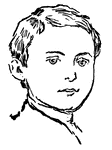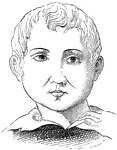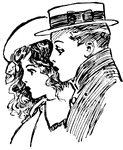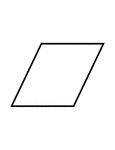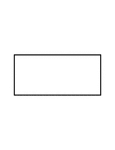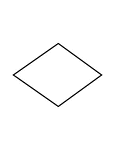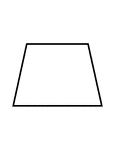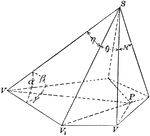
Face Angles of Convex Polyhedral Angle
Diagram used to prove the theorem: "The sum of the face angles of any convex polyhedral angle is less…

Symmetrical or Equal Trihedral Angles
Diagram used to prove the theorem: "Two trihedral angles, which have three face angles of the one equal…

Capital in the Temple at Denderah
In some temples the pillars have, in lieu of capital, the face of a goddess, probably of Isis, with…
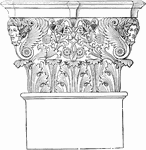
Corinthian Capital
The structural tendency which prevails in the capitals of all orders to change from the circular form…
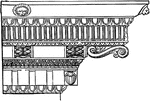
Corinthian Cornice
The Corinthian cornice is only distinguished from the Ionic by its mutules and modillions, which take…
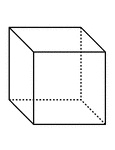
Cube
"A cube is a prism whose faces are ends are squares. All the faces of a cube are equal." —Hallock…
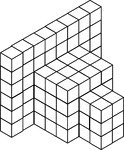
108 Stacked Congruent Cubes
Illustration of 108 congruent cubes stacked at various heights. A 3-dimensional representation on a…
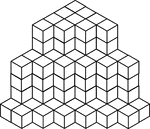
117 Stacked Congruent Cubes
Illustration of 117 congruent cubes stacked in columns of one, four, and six. A 3-dimensional representation…

128 Stacked Congruent Cubes
Illustration of 128 congruent cubes stacked so they form a rectangular solid that measures 4 by 4 by…
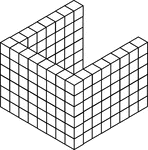
132 Stacked Congruent Cubes
Illustration of 132 congruent cubes stacked in 22 columns of 6 in the shape of a U. A 3-dimensional…
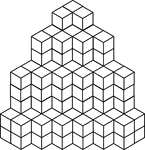
154 Stacked Congruent Cubes
Illustration of 154 congruent cubes stacked in columns increasing from one to four. A 3-dimensional…
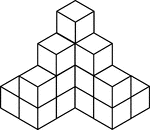
16 Stacked Congruent Cubes
Illustration of 16 congruent cubes stacked at various heights. A 3-dimensional representation on a 2-dimensional…
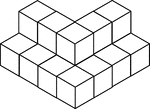
17 Stacked Congruent Cubes
Illustration of 17 congruent cubes stacked in ones and twos in the shape of a V. A 3-dimensional representation…

2 Congruent Cubes
Illustration of two congruent cubes that are tangent along an edge. A 3-dimensional representation on…

20 Stacked Congruent Cubes
Illustration of 20 congruent cubes stacked in twos and threes. A 3-dimensional representation on a 2-dimensional…
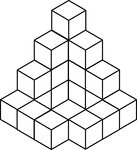
20 Stacked Congruent Cubes
Illustration of 20 congruent cubes stacked at various heights. A 3-dimensional representation on a 2-dimensional…
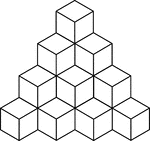
20 Stacked Congruent Cubes
Illustration of 20 congruent cubes stacked at heights increasing from 1 to 4 cubes. A 3-dimensional…
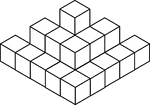
22 Stacked Congruent Cubes
Illustration of 22 congruent cubes stacked in ones, twos, and threes. A 3-dimensional representation…
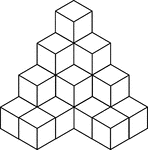
22 Stacked Congruent Cubes
Illustration of 22 congruent cubes stacked at various heights. A 3-dimensional representation on a 2-dimensional…
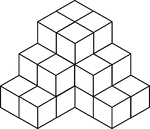
24 Stacked Congruent Cubes
Illustration of 24 congruent cubes stacked at various heights to resemble steps. A 3-dimensional representation…
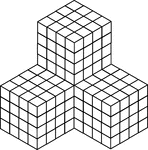
256 Stacked Congruent Cubes
Illustration of 256 congruent cubes stacked so they form 4 larger cubes that measures 4 by 4 by 4 each.…
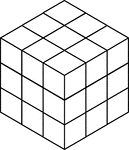
27 Stacked Congruent Cubes
Illustration of 27 congruent cubes stacked to resemble a larger cube that measures three by three by…

27 Stacked Congruent Cubes
Illustration of 27 congruent cubes stacked at various heights in the shape of a W. A 3-dimensional representation…

28 Congruent Cubes Placed in the Shape of a Square
Illustration of 28 congruent cubes placed in the shape of a square. A 3-dimensional representation on…
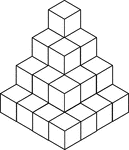
30 Stacked Congruent Cubes
Illustration of 30 congruent cubes stacked in decreasing heights. A 3-dimensional representation on…

33 Stacked Congruent Cubes
Illustration of 33 congruent cubes stacked at various heights in a zigzag pattern. A 3-dimensional representation…
35 Stacked Congruent Cubes
Illustration of 35 congruent cubes stacked in ones and twos in the shape of a W. A 3-dimensional representation…

35 Stacked Congruent Cubes
Illustration of 35 congruent cubes stacked at various heights. A 3-dimensional representation on a 2-dimensional…

36 Stacked Congruent Cubes
Illustration of 36 congruent cubes stacked at various heights with outer edges forming a square. A 3-dimensional…

36 Stacked Congruent Cubes
Illustration of 36 congruent cubes stacked to resemble a 1 by 1 by 1 cube on a 2 by 2 by 2 cube on a…

39 Stacked Congruent Cubes
Illustration of 39 congruent cubes stacked at various heights. A 3-dimensional representation on a 2-dimensional…

4 Stacked Congruent Cubes
Illustration of 4 congruent cubes stacked in ones and twos. A 3-dimensional representation on a 2-dimensional…

50 Stacked Congruent Cubes
Illustration of 50 congruent cubes stacked at various heights. A 3-dimensional representation on a 2-dimensional…

56 Stacked Congruent Cubes
Illustration of 56 congruent cubes stacked in twos in the shape of a square. A 3-dimensional representation…

56 Stacked Congruent Cubes
Illustration of 56 congruent cubes stacked in heights of 1, 4, and 5 cubes that form a zigzag pattern.…

57 Stacked Congruent Cubes
Illustration of 57 congruent cubes stacked in heights of 1 and 5 cubes that form a zigzag pattern. A…
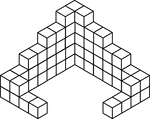
59 Stacked Congruent Cubes
Illustration of 59 congruent cubes stacked at various heights. A 3-dimensional representation on a 2-dimensional…
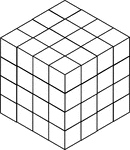
64 Stacked Congruent Cubes
Illustration of 64 congruent cubes stacked so they form a cube that measures 4 by 4 by 4. A 3-dimensional…

65 Stacked Congruent Cubes
Illustration of 65 congruent cubes stacked at heights increasing from 1 to 5 cubes. A 3-dimensional…
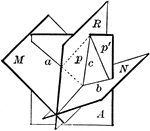
Plane Bisecting Dihedral Angle
Diagram used to prove the theorem: "Every point in a plane which bisects a dihedral angle is equidistant…
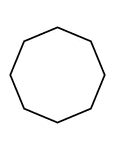
Flashcard of a polygon with eight equal sides
A flashcard featuring an illustration of a polygon with eight equal sides
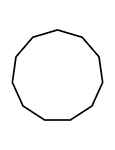
Flashcard of a polygon with eleven equal sides
A flashcard featuring an illustration of a polygon with eleven equal sides
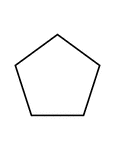
Flashcard of a polygon with five equal sides
A flashcard featuring an illustration of a polygon with five equal sides
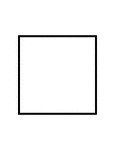
Flashcard of a polygon with four equal sides
A flashcard featuring an illustration of a polygon with four equal sides
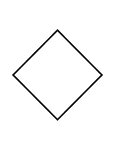
Flashcard of a polygon with four equal sides
A flashcard featuring an illustration of a polygon with four equal sides
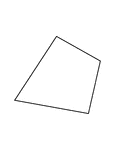
Flashcard of a polygon with four unequal sides
A flashcard featuring an illustration of a polygon with four unequal sides

Flashcard of a polygon with nine equal sides
A flashcard featuring an illustration of a polygon with nine equal sides

Flashcard of a polygon with seven equal sides
A flashcard featuring an illustration of a polygon with seven equal sides
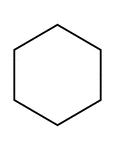
Flashcard of a polygon with six equal sides
A flashcard featuring an illustration of a polygon with six equal sides
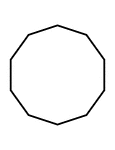
Flashcard of a Polygon with ten equal sides
A flashcard featuring an illustration of a Polygon with ten equal sides
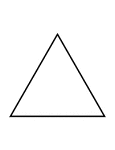
Flashcard of a polygon with three equal sides
A flashcard featuring an illustration of a polygon with three equal sides
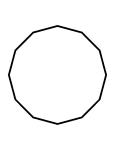
Flashcard of a polygon with twelve equal sides
A flashcard featuring an illustration of a polygon with twelve equal sides
